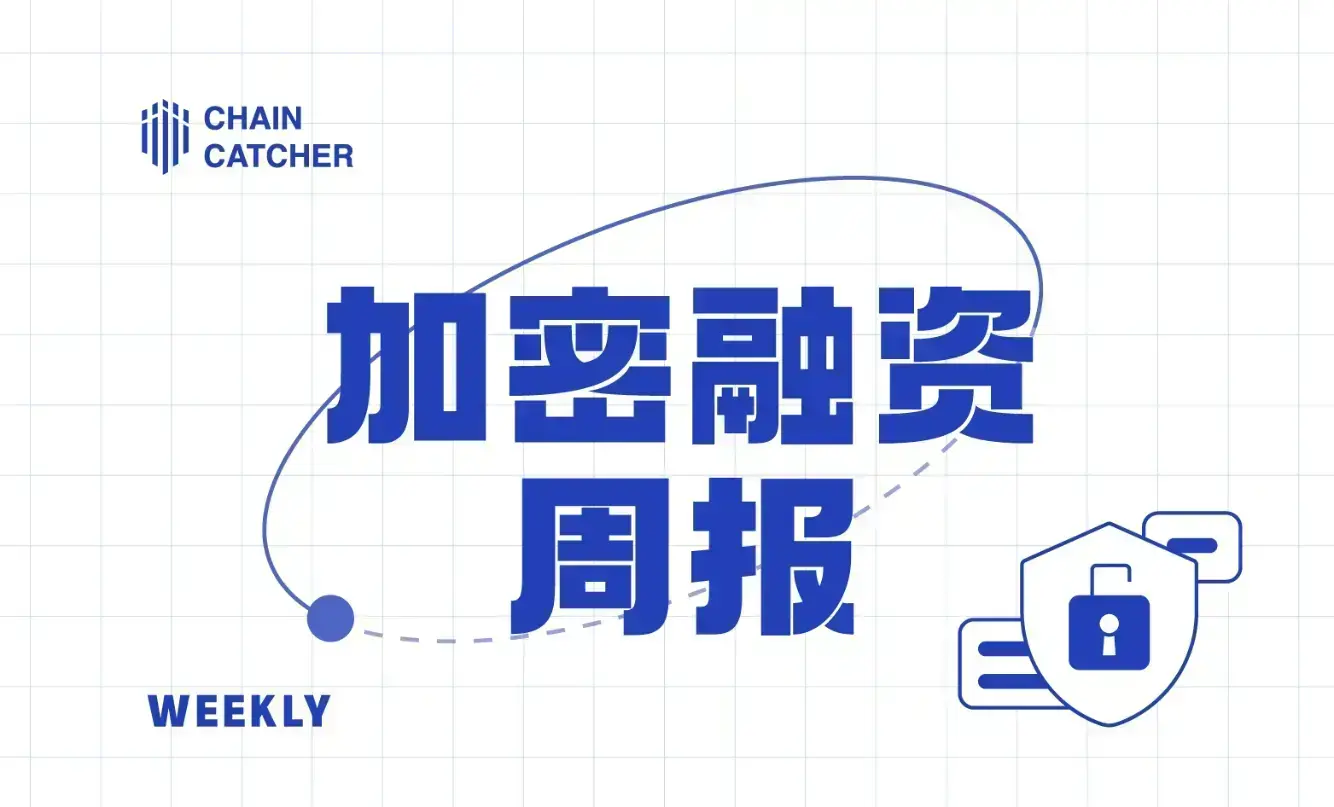Do you think Web3 is no longer popular? They are just not in the places you are looking
Recently, we often hear a question: "Isn't on-chain getting hotter? Why is it so quiet on Twitter?"
This question is quite representative because it reveals a common mindset in the Web3 community: we are too accustomed to using "liveliness" to judge "popularity."
Twitter is like a continuous party, loud and full of discussions, appearing to be bustling. However, the few thousand people who are most active at the party do not truly represent the real ecosystem of Web3. The vast majority of real users neither scroll through tweets nor post, and many are even unaware that they are using blockchain.
They may not be vocal, but they are genuinely using it.
So, where are the real users?
Imagine a college student playing a blockchain game; he hasn't researched "on-chain assets," he just thinks the game is fun and can earn a little money.
Or, consider an ordinary user posting, liking, and claiming rewards on a social app, completely unaware that the underlying logic is on-chain. For him, this is no different from using Xiaohongshu or Bilibili.
These people are mostly coming from Web2. They do not actively participate in the "narrative," nor do they rally for you on Twitter, but their actions are real, and the growth is solid.
It's not about "teaching users to use chains," but rather "users don't even feel the chain"
Take the game "Hotspring" as an example; it already had millions of users during the Web2 phase. After integrating blockchain, they did not loudly announce "we've transitioned to Web3," but instead allowed users to transition naturally, with no change in experience and no increase in barriers.
Another example is the social product "OverHerd." This project did not rely on financing to create buzz, nor did it operate topics on Twitter, yet its activity level has surpassed many "once-popular" Web3 social platforms, thanks to the product itself.
These projects share a common point: they are all built on Sei. Not because Sei has a "loud voice," but because its performance and architecture can truly support these mass-market scenarios.
Sei itself does not emphasize "chain feel"; on the contrary, it does more to "hide the chain," providing developers and users with a smoother experience closer to Web2.

It's not about talking a lot, but using a lot
Twitter can bring temporary exposure, but it is not a long-term solution. If Web3 wants to truly reach hundreds of millions of users, it cannot just speak within its small circle.
Web2-level entrepreneurs understand this. They care more about whether users find it enjoyable and whether the product runs stably, rather than whether tweets are being shared. The products they create are designed for ordinary users to use without barriers, without requiring users to first take a "blockchain introductory course."
Sei precisely meets this need. It is not competing for discourse power but is helping products land. For this reason, it is becoming the infrastructure choice for more and more projects aimed at the general public.
If we talk about what the next wave of Web3 explosion will be, it is not the KOLs who gain followers the fastest, nor the storytellers who tell the best narratives, but those products that users do not even realize are Web3, yet they use them every day.
This is exactly the direction Sei is promoting. A true hit product does not need to be shouted into existence.








